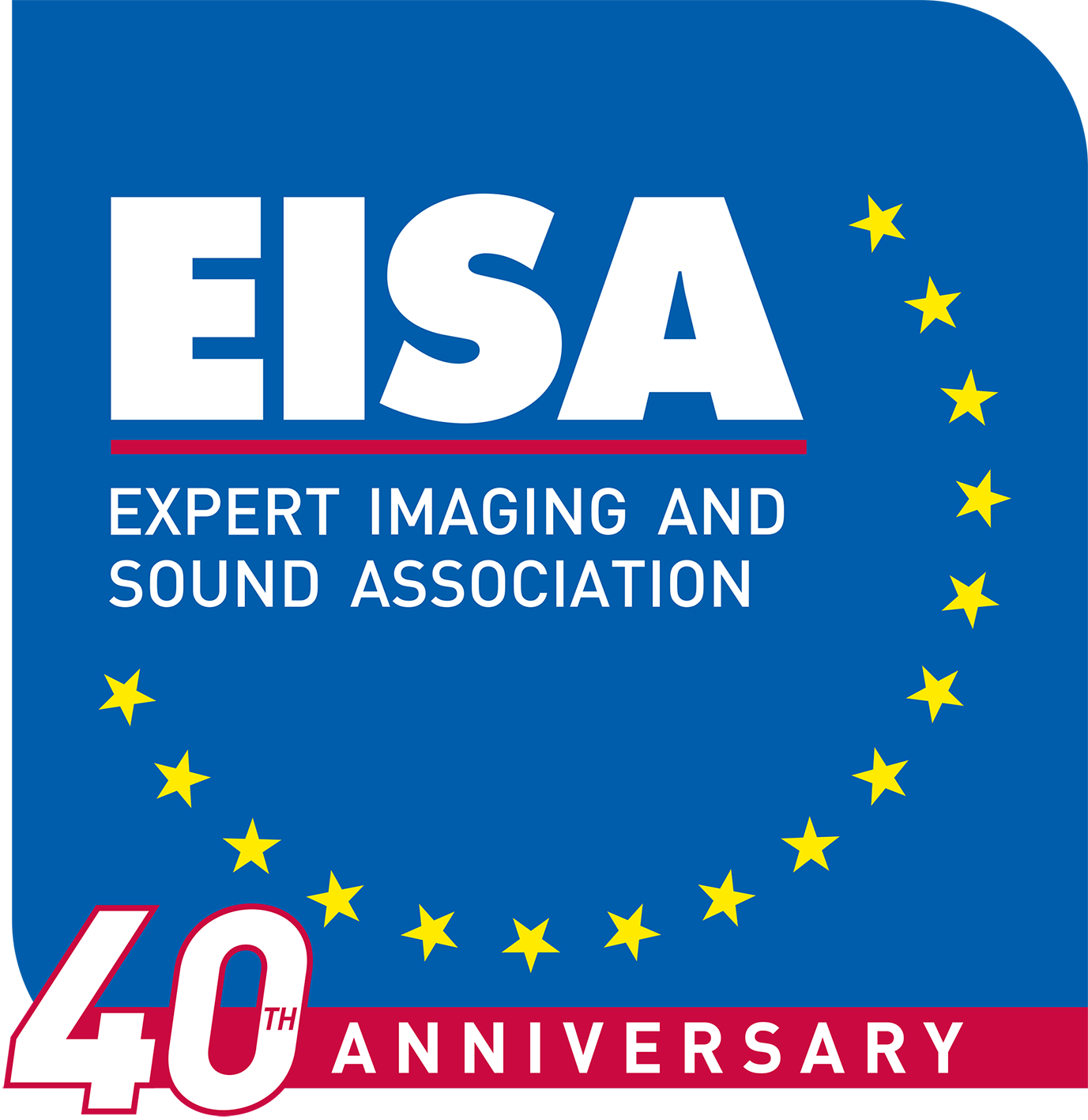|
|
Risultati da 1 a 2 di 2
Discussione: A/V 2.1ch espandibile a 5.1ch
-
31-03-2010, 12:09 #1
impianto 2.1ch espandibile a 5.1ch
Vorrei acquistare un ricevitore A/V da usare inizialmente con un impianto 2.1 da estendere successivamente a 5.1.
Non ho bene idea di come un normale ricevitore 5.1 (o 7.1) funzioni quando usato come 2.1... nel senso, i 5.1 canali (o 7.1) come vengono "mixati" per essere riprodotti in 2.1? Ci sono prodotti che se la cavano meglio di altri in questo ambito?
Consigli, suggerimenti, spiegazioni?
PS: Sono molto tentato dal sistema 2.1 espandibile a 5.1: Onkyo HTX22HDUltima modifica di mmanfrin; 22-04-2010 alle 16:44
-
22-04-2010, 14:26 #2
Su un altro forum stavo leggendo un thread relativo a cosa sia meglio avere in entrata sul ricevitore "LPCM o Bitstream" e sono state fatte delle osservazioni che ritengo fondamentali per aiutare nella scelta del ricevitore A/V:
e come esempio concreto di questi problemi riportano quanto accade con un Onkyo TX-SR705Assuming all the chips and the cables are in perfect condition, there is no significant difference between the audio quality whether the compressed codecs are unpacked in the player (LPCM) or the receiver (Bitstream). However, for practical reasons, LPCM may be preferred:
1. Some receivers do not have enough processing power. If you set the player to bitstream, the receiver will have to decode the compressed audio and as a result the receiver will not have enough processing power left to do other things. Some receivers may turn the calibration program such as Audyssey off.
2. In the case of SACD, if the player is set to bitstream audio in SACD's native format (DSD), the receiver may not be able to use Bass Management.
3. Another downside to sending the HD audio codecs in bitstream is that on many players, you can only send the movie soundtrack itself. Any secondary content, like menu beeps or the audio that accompanies Picture-in-Picture interactive features is not part of the original bitstream and will not be transmitted. Audio commentaries and alternative-language audio may also be affected, depending on how the disc was authored. The only way to send the additional content is by allowing the disc player to perform the audio decoding itself, during which the player mixes the new material on top of the movie soundtrack for transmission in either PCM or analog format. In some cases, you may lose the lossless soundtrack. If you are watching a movie with the Bonus View features enabled, and you want to restore the high resolution audio, it may require you to stop the disc playback to go to the player’s setup menu, and that can be a big nuisance. For the Oppo BD83 player, if you turn the Secondary Audio to On in its menu, it will automatically set the audio to lossy DD or DTS.
I use to own a Onkyo TX-SR705 a decidedly "mid-level" THX Select receiver. Taken directly from the manual, there is are a series of charts describing how the TX-SR705 handles various audio input formats.
Let's say that I want to expand a 5.1 audio track to 7.1 speaker playback using Dolby Pro Logic IIx processing (a fairly common occurance for anyone with a 7.1 speaker setup).
If my Blu-ray player outputs 5.1 LPCM in anything up to 96 kHz sampling rate, the TX-SR705 will be able to process the 5.1 LPCM into a 7.1 speaker output using DPL IIx or THX Select2 processing. If the output is higher than 96 kHz though (such as 192 kHz), then the TX-SR705 cannot process it. The TX-SR705 will play back 192 kHz content in "Direct" or "Pure" mode, but it cannot expand the 5.1 signal to 7.1 speaker output.
So that's LPCM. So long as I limit the incoming signal to no more than 96 kHz sampling rate, I can have the TX-SR705 perform any of the processing schemes.
Things change with Dolby TrueHD or DTS-HD though. Taken directly from the manual:
"For 96 kHz TrueHD sources, only the Tone audio adjust function is available. 192 kHz TrueHD sources are not supported."
"For 96 kHz DTS-HD Master Audio sources, only the Tone audio adjust function is available. 192 kHz DTS-HD Master Audio sources are processed
at 96 kHz."
So that's straight from the horse's mouth. If I send a 96 kHz bitstream of either TrueHD or DTS-HD Master Audio, I won't be getting the full processing. Only the Tone controls (bass/treble boost/cut) will be available. Things are fine if I limit the TrueHD or DTS-HD MA bitstream to 48 kHz, but at 96 kHz, I lose processing capabilities. Furthermore, if there happens to be a 192 kHz TrueHD bitstream, that cannot be accepted at all!Ultima modifica di mmanfrin; 09-11-2010 alle 13:57









